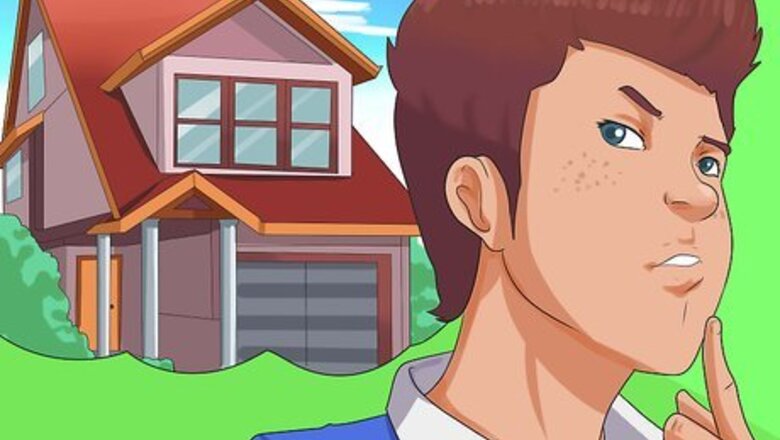
views
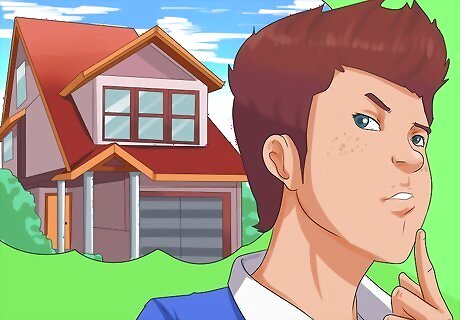
Do your research. There are many types of tiny homes, from as small as 9 square feet up to 837 square feet. Look at the designs, which range from traditional to ultra-modern in design. Some incorporate off-the-grid designs like solar/wind power, rainwater collection, and composting toilets.
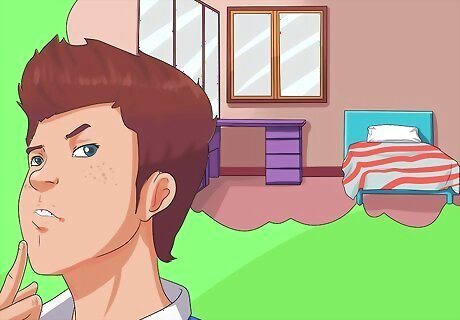
Decide what you need from your dwelling and what you want from your dwelling. Most people need a comfortable, dry, quiet place to sleep; a clean place to perform personal hygiene (toilet, shower); a comfortable place to sit or lie down during the day; a place to store, prepare, and eat food for the day. You may want other creature comforts such as long-term refrigerated food storage, a clothes washer and dryer etc. But think of combining these appliances in one machine. Do you really need a dryer or could you dry your clothes outside?
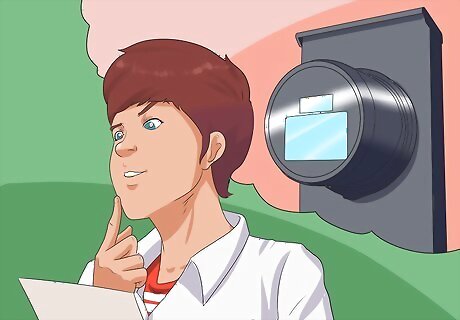
Look at the benefits of "living small:" less space to clean; less pack-ratting of unneeded clothes, broken appliances, etc.; lower energy bills and a greener environmental footprint; fresher food that is purchased, caught, or harvested on a more daily basis; more time available for outdoor activities and entertaining; no need to sell your home when you relocate (if your tiny home is towable).
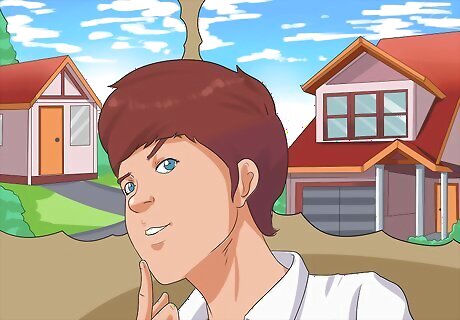
Realize that small houses cost more per square feet than large houses. Designing for smaller areas is more complex, as items such as built-in furniture have to be custom made to take advantage of all the space. Compact appliances sometimes cost much more than full sized appliances. If you are designing or building your own home on a trailer bed, you need to take plumbing (grey water and black water storage and disposal) into consideration.
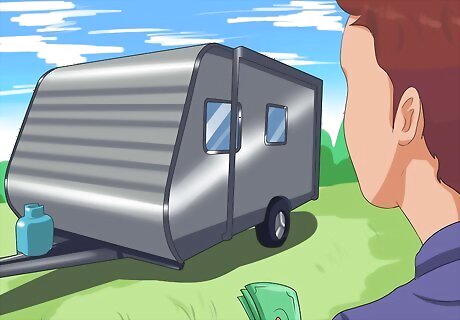
Decide if you will build your own home from plans, or if you will buy an already made home new, or if you will buy a used home. There are also "kits" available which come with all or most of the supplies for building the house, along with instructions. The cheapest option for small living is to buy a well-maintained used RV or travel trailer. Craigslist usually will have several listings under $5000. You get the advantage of having something already designed and constructed, but you have the disadvantage of not being able to fully customize your home to your needs and wants.
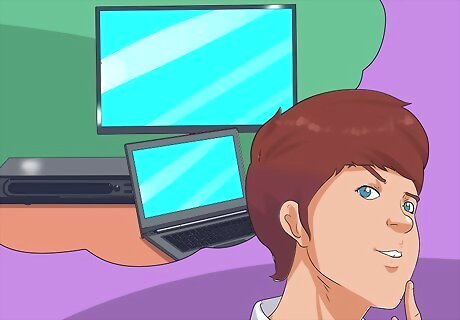
Pare down your belongings: we spend about 80% of our time wearing 20% of the clothes we own, so by getting rid of most of that wasted 80%, your life becomes immediately simpler: less laundry and less indecision about what to wear that day. Instead of having 3 TVs, 2 computers, a VCR, DVD, Blu-Ray, and 3 different game stations, reduce to one computer--transfer your movies to a hard drive and a flat screen monitor can double as a TV. A laptop with a TV tuner is even more energy efficient.
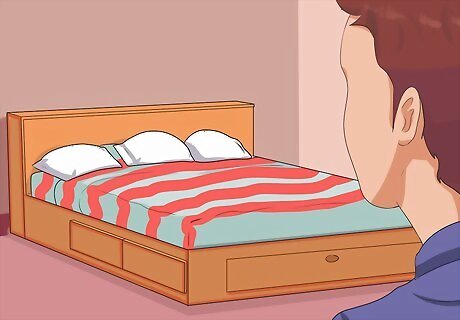
Be creative about storage and multi-function furniture: a bed platform could have clothing storage drawers underneath. If you make a built-in sofa (without a bed) you can use the space underneath to store lots of things. A table can be made with shelves for storage underneath the table surface. Or you could design a table that folds out of the wall, then folds up and down to become a bed. Use broad, deep shelves (including built-in) and drawers, and wall and ceiling mounted items, to minimize the proportion of wasted space above, below, and around the edges of items (due to packing geometry or falling-off-the-edge risk). Consider metal furniture to reduce the amount of space consumed by the furniture itself.














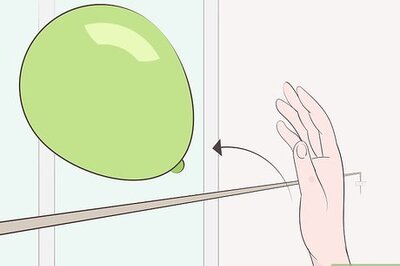


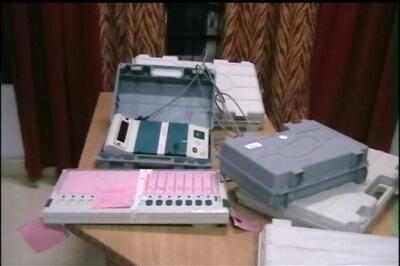

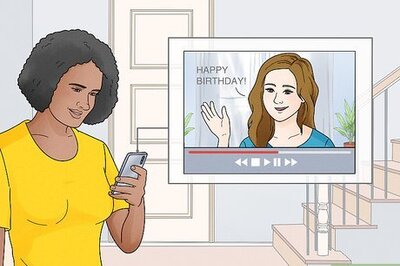
Comments
0 comment